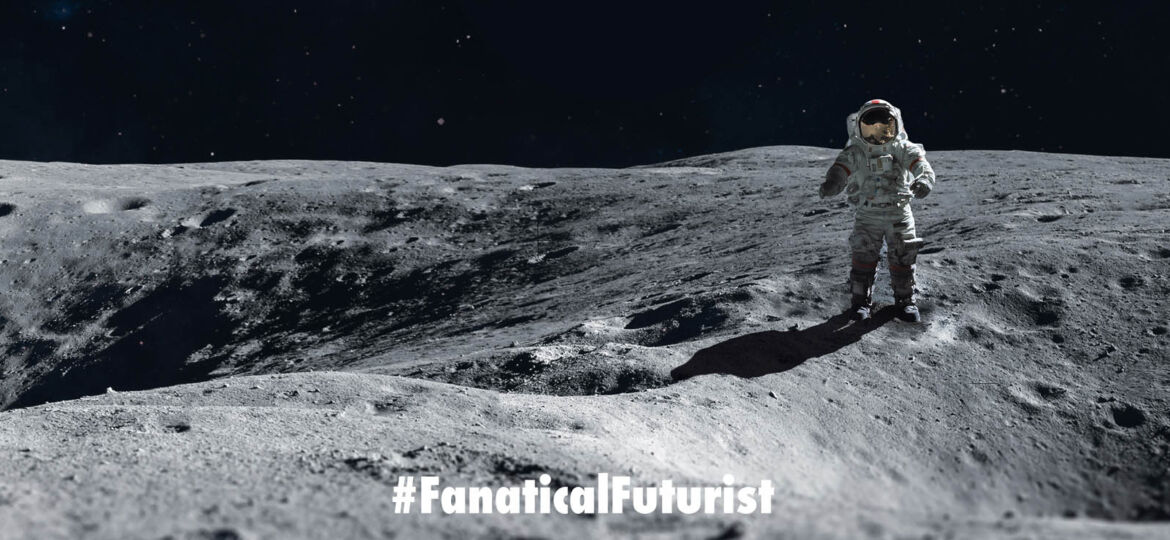
WHY THIS MATTERS IN BRIEF
Lunar dust clogs up everything so researchers are trying to find ways to get rid of it or minimise it so they can keep gear running longer.
 Love the Exponential Future? Join our XPotential Community, future proof yourself with courses from XPotential University, read about exponential tech and trends, connect, watch a keynote, or browse my blog.
Love the Exponential Future? Join our XPotential Community, future proof yourself with courses from XPotential University, read about exponential tech and trends, connect, watch a keynote, or browse my blog.
The moon has no air, no water and an extreme 250-degree temperature range, but it does have a 4G network and a new datacenter being developed … All that asides though the most vexing challenges for space agencies hoping to set up camp is the dust. It erodes space suits, clogs machinery, interferes with scientific instruments and makes moving around difficult.
Now scientists have come up with a potential solution, demonstrating that moon dust could be melted using a giant lens to create solid roads and landing areas.
“You might think: ‘Streets on the moon, who needs that?’” said Prof Jens Günster, of the Federal Institute of Materials Research and Testing in Berlin and co-author of a report on the possible solution. “But in fact it’s a kind of depressing demand [even] early on. It’s very loose material, there’s no atmosphere, gravity is weak, so the dust gets everywhere. It contaminates not only your equipment but other nations gear aswell. No one would be happy to be covered in dust from another rocket.”
Dust has blighted previous missions, such as the Surveyor 3 spacecraft (damaged by dust kicked up by the Apollo 12 landing), and overcoming this challenge is a priority for NASA, which aims to establish a permanent lunar outpost. Transporting building materials to the moon would be too expensive, so there is a need for unconventional solutions.
“You need to use what’s there and that’s simply loose dust,” said Günster.
He and colleagues experimented with a fine-grained material called EAC-1A, developed by the European Space Agency as a substitute for lunar soil. They used a 50mm diameter laser beam to heat the dust to about 1,600C and melt it. They slowly traced out bendy triangle shapes, each around 25cm across, which could be interlocked to create solid surfaces across large areas of lunar soil, serving as future roads and landing pads.
The process is not quick. Each small geometric unit took about an hour to produce, meaning it would take about 100 days to create a 10 x 10m landing spot – although other companies are already thinking about just 3D printing landing and launch pads …
“It sounds like for ever, but think about constructions on Earth,” said Günster. “Sometimes it takes for ever to get a new junction built.”
To reproduce this approach on the moon, the authors calculate that a lens of approximately 2.37 sq metres would need to be transported from Earth to act as a sunlight concentrator in place of the laser. The lens could be made of a polymer foil that could be rolled up, making it easy to transport. But dust would still be an issue for the lens itself.
“When you accumulate dust on the lens it will sooner or later not function anymore,” said Günster, adding that a vibrating lens may help mitigate this problem. The findings are published in the journal Scientific Reports.
















